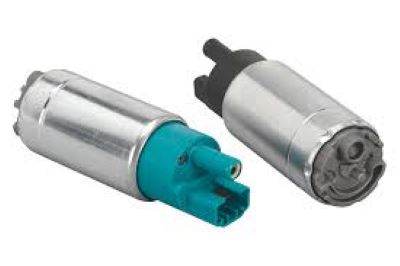Installing a new fuel pump involves several important steps to ensure safety and effectiveness. Start by removing the battery as this can help prevent electrical mishaps since the fuel pumps are 12-volt systems and even a small spark can present a fire hazard. Knowing where the fuel pump is based on the car makes all the difference, as most cars have it within the gas tank or along the fuel line, as this will save time and make sure the right tools are being used. For vehicles with in-tank pumps, this means removing the fuel tank, which can be as heavy as 40 pounds dry, so suck it dry first!
Wherever you are able to access the tank or fuel line, release the fuel system pressure by unhooking the fuel line. This stops fuel from sloshing when the pump is taken out. Then carefully pull off the old fuel pump, which becomes essential for correctly orienting and going about the rest of the rebuild, including connections (disconnecting or doing them in reverse order, but keep in mind). Quality fuel pumps, like those made by Bosch, will be packaged with an install kit with new seals, hoses, and clamps for a tight fit. These pieces are essential to make it leak-proof, as, when not tight, even a small leak of fuel increases the fire hazard and can lead to pressure drops in the system.

With your new pump, bring it to articulating positions to the mounting points, keep all gaskets and seals in line in the job. Be sure to tighten according to manufacturer recommendations, normally 10-15 ft lbs, to prevent overtightening and breaking components. Now that the connectors are all folded up securely, plug the fuel lines ensuring that each connector is clean and free from dirt or debris, as even tiny dirt can clog lines and reduce efficiency by as much as 20%. Also, do remember to secure these to ensure efficiency.
Reconnect the battery and check that the pump works by turning the key to the “on” position without starting the engine. This primes it by filling it with gas and allowing you to address any leaks prior to running the engine. Hear the small hum sound that lets you know that the pump is working. Check for leaks, any odd noises, etc. If everything is A-OK, start the engine and let it idle for a few minutes so that you can check for stable pressure and whether or not it runs smoothly. By properly installing a, you can help provide efficient fuel flow and engine performance, ensuring a longer lifespan and less chance of fuelling issues on the road.